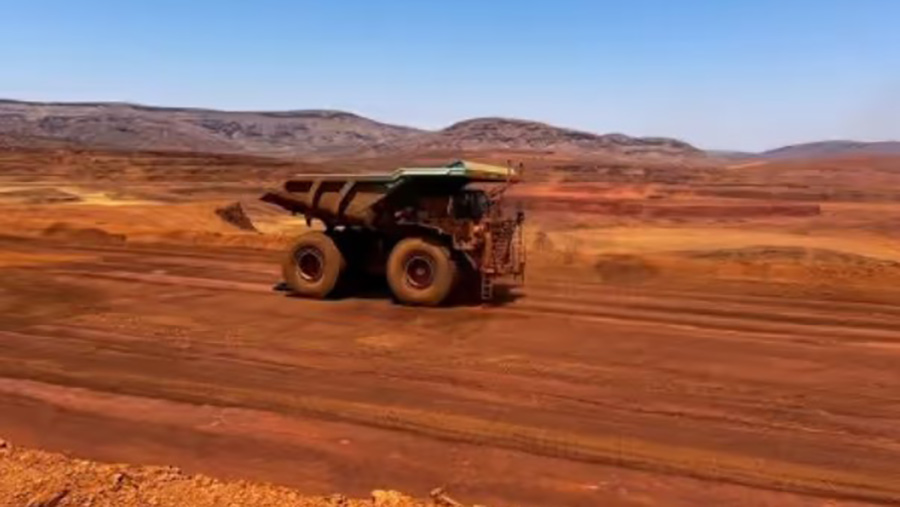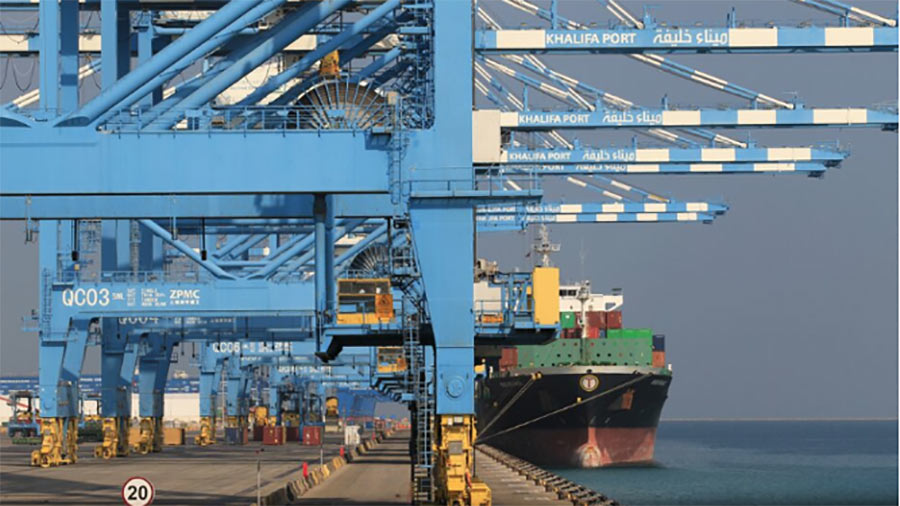By Clyde Russell
PERTH- Australia’s vast iron ore mining sector is facing stark choices as its biggest customer China has likely hit a peak in its steel production and global pressures mount to decarbonize one the world’s most polluting industries.
The scale of these challenges are massive, but they are far from insurmountable, and there are an array of options that Australia’s iron ore miners can pursue.
The trick is choosing a path that maximizes profits, or at least minimizes costs, while ensuring that the industry continues to prosper.
Australia is the world’s largest exporter of iron ore, the key raw material used to make steel, and it shipped out about 930 million metric tons last year, which at current prices would be worth about $93 billion.
Australia is also the world’s largest exporter of metallurgical coal, used to make steel, ranks second in thermal coal and in liquefied natural gas, while also being the biggest exporter of lithium and the largest net exporter of gold.
But the exports of all these commodities together barely exceed the value of iron ore shipments, underscoring the outsized role of the ore, which is mainly produced in the state of Western Australia.
Just over 80 percent of iron ore exports head to China, which buys about 70 percent of the total global seaborne volumes and produces about half of the world’s total steel.
Putting these numbers together gives a picture of a dominant producer and a dominant buyer in the iron ore market.
The rise of China since the late nineties allowed Australia’s iron ore miners to massively ramp up output, reap economies of scale and become hugely profitable.
But the nature of both China’s demand and the process of making steel are likely to change in the next few years, threatening the current model whereby Australia produces vast quantities of iron ore that is turned into steel in blast furnaces and basic oxygen furnaces, processes that require the use of coking coal.
China’s steel output has flatlined for the past five years around the 1 billion ton per annum level, and most analysts presenting at this week’s Global Iron Ore and Steel Outlook Conference in Perth predicted that production will gradually decline in the next few years.
This is partly because China’s infrastructure and housing construction will ease, but also because China will increasingly use scrap steel in electric arc furnaces to produce new steel products.
While Australia’s iron ore miners may be able to offset the loss of some of China’s demand by selling to newer steel producers in Southeast Asia, it’s likely that the overall market for iron ore will soon decline.
It’s also likely to change in composition, with higher grades of iron ore preferred as these can be more easily used as a feedstock along with scrap in electric arc furnaces.





